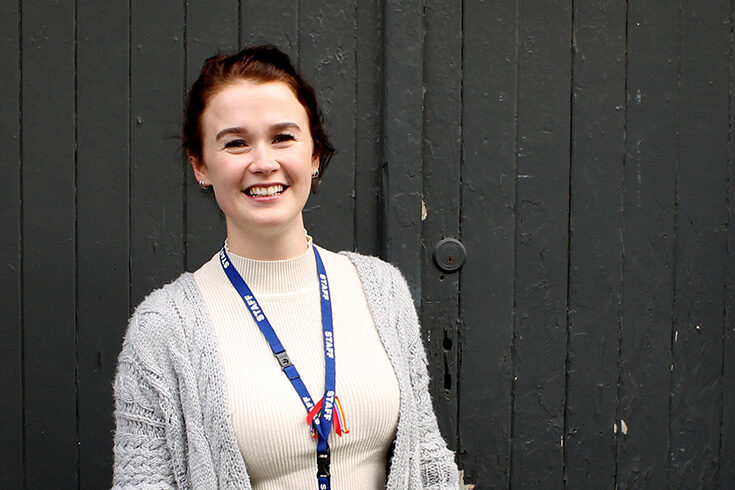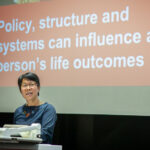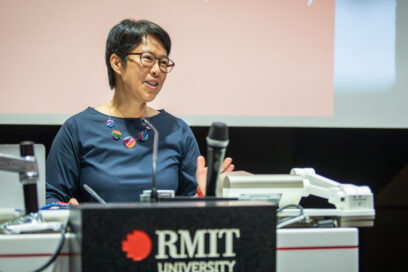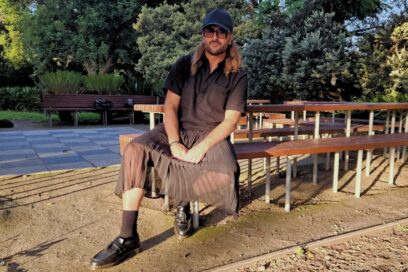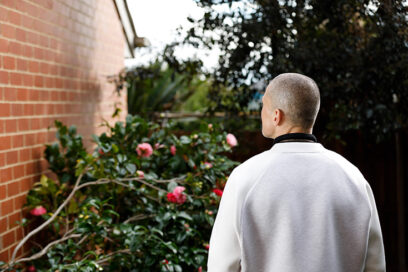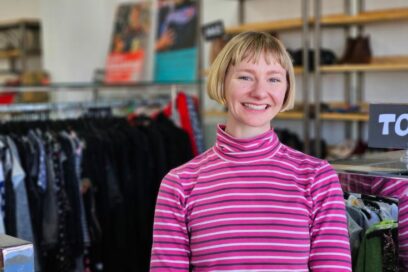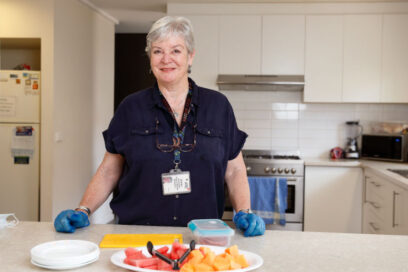“If you show up for people, they will show up for themselves,” Madeleine Thiele-Evans says, as she reflects on why she thinks our proven Journey to Social Inclusion program really works.
This Homelessness Week, which this year explores the theme ‘housing ends homelessness’, we caught up with Madeleine who is one of our Intensive Case Managers, to discuss how working to get people housed straight away as well as working with them over a long-time is the key to helping people break the cycle of homelessness.
“I have seen this program support people to secure housing and make some great life changes,” Madeleine says.
“By building trust with people over time, we as case managers are in a far better place to help people reconnect with their community and develop life skills, meaning they can spread their wings and fly when they are no longer in the program.
“It’s important to understand simple tasks we take for granted – like the ability to pay bills or have a shower in the morning – don’t necessarily come easy to someone who has experienced long-term homelessness.”
J2SI allows staff such as Madeleine to work with people over three years, using a ‘trauma-informed and strengths-based framework’ that allows people to work to their strengths and set personal goals around housing, health and wellbeing, independence, social participation, and economic participation.
Madeleine is impressed at how resilient J2SI participants are, despite everything they’ve been through.
“Watching people grow and achieve their goals, however small, is an amazing part of this job.”
“I work with one person who was reluctant to work with me at the start; he never used to smile or want to connect with me,” she says.
“After three months of working together, he was not only smiling but he started using his phone to call me! This is a big win.”
Madeleine says J2SI is a successful program because it takes a ‘holistic approach’ to help empower people to be included in society in some way, which is an important part of recovery.
“Social inclusion can mean anything depending on the person; it can be a visit to the gym, joining a community class, connecting with relatives or simply having a friendly neighbour to chat to,” she says.
When Madeleine came across an opportunity to join the J2SI team early last year, she says she jumped at the chance because she wanted to be a part of one of the most effective programs to end homelessness in Australia.
“Working as a J2SI Intensive Case Manager has been a breath of fresh air,” Madeleine says.
“The difference between J2SI and other programs is that we work with people to get into appropriate housing first and then stay by their side for a longer period, which means we can help them stay in that housing.”
Madeleine says the people we work with in J2SI all have a history of experiencing chronic homelessness and many have suffered from issues relating to physical health, mental health, alcohol and other drug use, legal, financial and social problems.
“Working long term with a person allows us to get an in-depth understanding of who they are and what support they need to get stability in their lives,” she says.
“In my previous job that focussed on short-term interventions for people experiencing homelessness, I didn’t have the space to build relationships with people and support them beyond the emergency phase of their experience.
“We had the best of intentions in that job, but we wouldn’t be able to see people through to the end.
“I often felt like (in my previous job) we didn’t have the ability to address the core issues of the person’s experience; it felt like we were only able to offer options for people in crisis, hoping it would last as there wasn’t much else, and then watching them come back through the door when it broke down. We called it the ‘revolving door of homelessness’.
Madeleine says J2SI works because we know that if people have safe, affordable long-term housing and the right level of support for their circumstances, we can work together to improve their life and break their cycle of homelessness.
“Australia needs far more affordable housing options for people – but solving homelessness is not as simple as putting a roof over someone’s head,” Madeleine says.
“Having housing that is secure and stable is the first step to build a better future for our community who have experienced homelessness, but it is the journey after this point that is vital to support them to maintain it.”
Find out more about J2SI and our vision to expand this program and its impact nationally.

